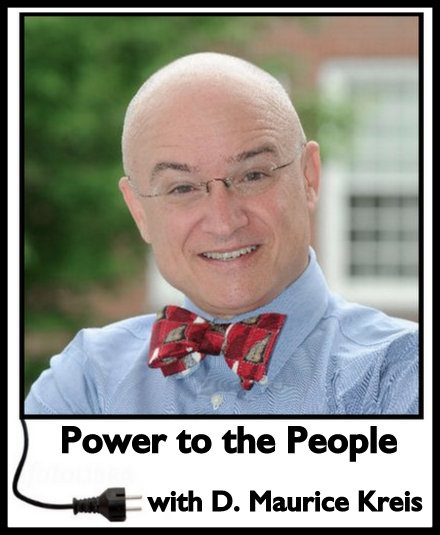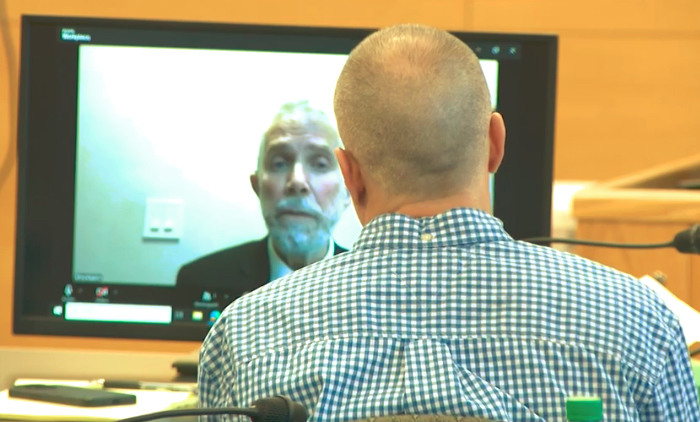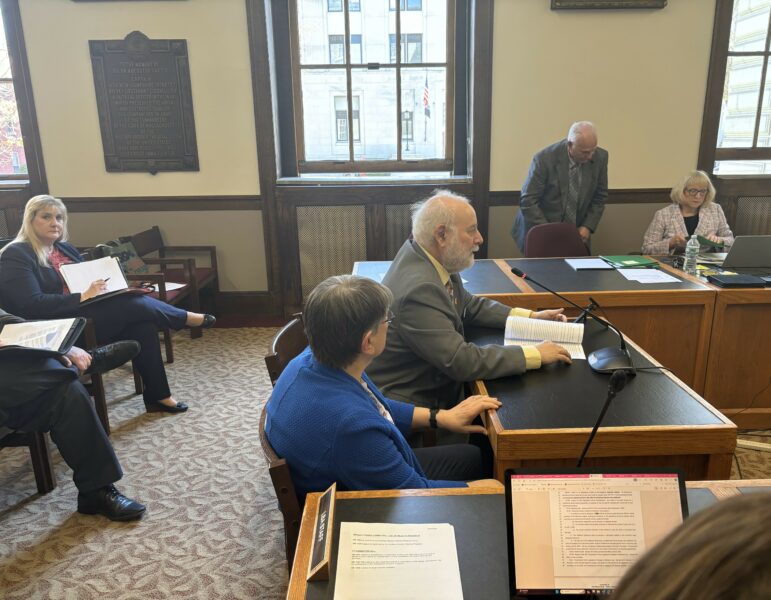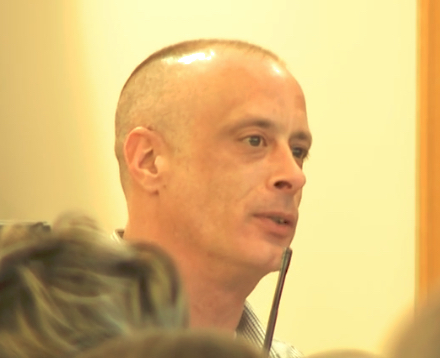Power to the People is a column by D. Maurice Kreis, New Hampshire’s Consumer Advocate. Kreis and his staff of four represent the interests of residential utility customers before the NH Public Utilities Commission and elsewhere. It is co-published by Manchester Ink Link and InDepthNH.org.
By D. Maurice Kreis, NH Consumer Advocate
What’s wrong with the following scenarios?
- Your local trattoria, which offers delicious Italian food at an affordable price, has an hour-long wait for a table at 6:30 p.m. but is virtually empty for the first hour it is open every evening, from 5:00 to 6:00.
- A miracle drug, which dramatically improves outcomes for patients with an otherwise incurable chronic illness, costs $300,000 per year for each patient taking the drug.
- The most inexpensive summer camp in the area is so popular that the available places in the camp fill up within minutes of online registration commencing.
- A daily newspaper offers an online subscription for $221 a year – a discount of $9 from the rate for the paper delivered to your home the old-fashioned way.
To those of us in the world of utility regulation, the answer is clear: These are examples of rate design gone haywire.
In the April 4 edition of this column, I wrote about two impending rate cases at the New Hampshire Public Utilities Commission (PUC), both involving electric distribution service. Eversource Energy and Liberty Utilities are seeking increases in what they charge customers for the poles, wires and other equipment they provide on a monopoly basis to their customers.
As I explained, this requires the PUC to determine each utility’s revenue requirement – basically, how much money the utility needs to receive from customers each year to cover its operating expenses, make required payments to lenders, and have money left over to provide a reasonable return to shareholders.
But, as I also explained, that’s only Act I of a rate case – and, in some ways, it’s the less interesting half of the drama. The rest of a rate case is about rate design – the process by which that annual revenue requirement is translated into the actual prices you pay on your monthly bill.
Consider, for example, the $8 million rate increase Liberty is seeking, which would bring its annual electric distribution revenue requirement to roughly $48 million. The simplest possible rate design would consist of dividing that $48 million by the number of electric customers and sending each of them a bill every year for that amount.
Since Liberty, the state’s smallest electric utility, has about 43,000 customers, that would mean everyone gets an annual bill for roughly $1,116 – or $93 a month – to cover distribution service.
How fabulous that would be for Liberty’s biggest customers! Think, for example, of Dartmouth College with its thousands of students, dozens of buildings, hundreds of employees, and billions in endowment. What a disaster it would be for a residential customer living on a fixed income and using a modest amount of electricity a month.
James C. Bonbright, who died in 1996 after a distinguished career as a Columbia University finance professor and chair of the New York State Power Authority, is the acknowledged godfather of rate design. You can read his famous treatise, Principles of Public Utility Rates, of more than 400 pages, here.
Or, you can take my word for it that the Bonbright rate design principles basically come down to four imperatives, as summarized by the consulting firm Synapse Energy Economics:
- Rates should produce enough revenue to cover the utility’s costs as determined in the first phase of the rate case.
- Rates should be fair – i.e., the utility’s costs should be fairly apportioned among the various kinds of customers. Sorry, Dartmouth (in light of my example above).
- Rates should be stable, predictable, and easy to understand.
- Rates should provide efficient price signals and discourage wasteful usage.
Think about the four examples – all taken from my own experience – at the beginning of this column.
As my late grandmother, a notorious fan of early-bird restaurant discounts, instinctively grasped, the trattoria could make efficient use of its available dining resources by charging a premium for dining in prime time. Time-of-use rates for electric service are also a great idea for essentially the same reason.
The price of the expensive miracle drug raises fairness issues, though the drug company in question would argue that the bloated prices are essential if it is to recover its risk-challenged research and development costs. Unfortunately, drug prices are unregulated so we can’t verify such contentions.
Our summer camp is so laudably concerned with providing an affordable getaway for middle class youngsters that it is charging rates that don’t really allow it to cover its costs. New investments in physical plant are being deferred, for example. And the resulting mad scramble for spots at the camp is grievously unfair, especially to families that lack reliable internet access.
The newspaper is also flaunting defiance of the fairness principle. Professor Bonbright would surely give these folks a lecture about cost causation – the idea that rates should be designed so that those who trigger measurable costs should pay them. To put it another way, how can it possibly cost a daily newspaper only $9 a year to deliver a paper to the home of a subscriber, after covering the fixed costs associated with reporters, editors and other stuff directly linked to journalism?
When it comes to rates for residential utility customers, we at the Office of the Consumer Advocate are obsessed with price signals. Your electric distribution rates should encourage you to save energy, and certainly should not punish you for doing so.
That’s why we abhor big “fixed” charges – the part of your bill that doesn’t vary by how many kilowatt-hours you consume. Utilities love them.
Fortunately, some utilities have grasped that there are other ways of making Professor Bonbright, and shareholders, happy – by using innovative rate design techniques that are good for customers too. In the rate case it has just filed, Liberty has proposed a revenue decoupling plan, similar to the one the PUC approved for natural gas customers. As I have written before, decoupling refers to severing the link between the utility’s revenue and how much it sells, thus eliminating the so-called “throughput incentive” which means the utility has no reason to encourage energy efficiency. Rates vary monthly but, critically, they can go up or down.
This of course can rub up against the “stable, predictable, and easy to understand” Bonbright principle of rate design. But the difficulties arising out of trying to reconcile competing policy imperatives is what makes the rate design phase of a rate case at least as interesting as watching Game of Thrones. So take a break from the TV and keep an eye on dockets DE 19-057 (the Eversource rate case) and DE 19-064 (the Liberty rate case) at the PUC.





